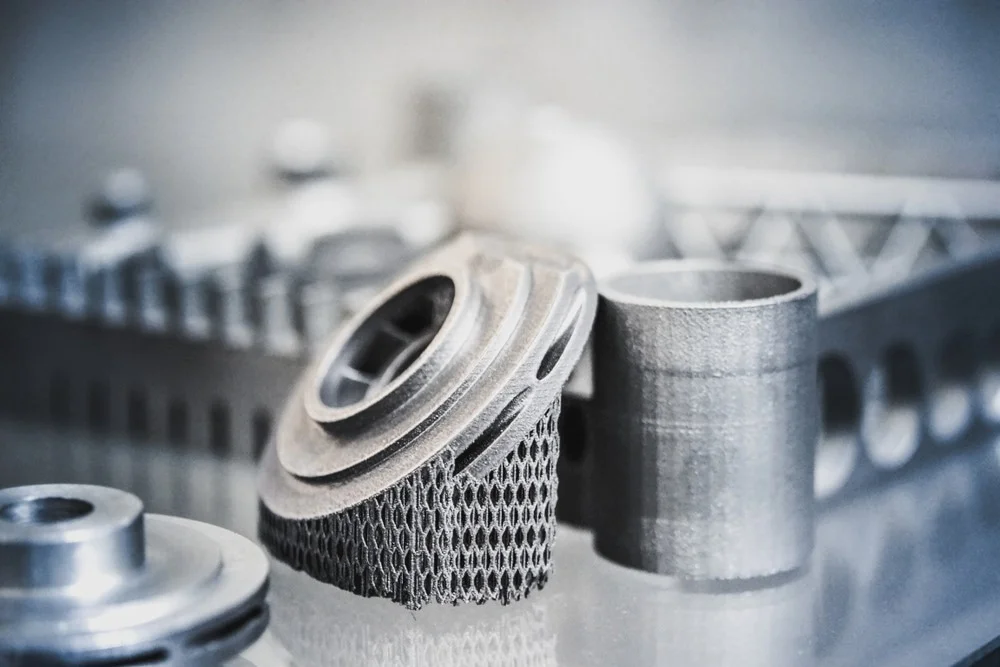ISO 2368 Fatigue Testing of Heat Resistant Alloys
The ISO 2368 fatigue testing method is crucial in metallurgy and material science, particularly for heat-resistant alloys used in high-temperature applications such as gas turbines, aircraft engines, and nuclear reactors. This test evaluates the mechanical properties of these materials under cyclic loading conditions at elevated temperatures.
Heat-resistant alloys are characterized by their ability to withstand extreme operating conditions without degrading or failing prematurely. Fatigue testing is essential in ensuring that these materials can perform reliably over extended periods, even when subjected to repeated stress cycles. The ISO 2368 standard provides a standardized approach for conducting fatigue tests under controlled laboratory conditions.
This service focuses on the specific parameters and procedures outlined in ISO 2368, which is widely recognized as an authoritative reference for testing heat-resistant alloys. Our team of experts ensures that every test adheres strictly to this international standard, providing accurate results that are both reproducible and reliable.
The first step in any fatigue test involves selecting the appropriate specimen type based on the material's geometry and expected loading conditions. Common specimens include round bars or flat plates with dimensions specified by the ISO 2368 guidelines. Specimen preparation is critical; it must be free from defects, burrs, and other irregularities that could influence test outcomes.
The test setup typically includes a high-temperature testing chamber capable of maintaining precise temperature control within narrow tolerances, along with specialized fatigue testing equipment designed to apply cyclic loading at the specified frequency. For this service, we use advanced systems that can simulate real-world operating conditions accurately.
During the actual testing process, continuous monitoring of stress-strain behavior is performed using high-precision sensors and data acquisition systems. The test parameters, such as load amplitude, frequency, and temperature, are carefully controlled to ensure compliance with ISO 2368 requirements. Our team continuously adjusts these variables until they meet the specified criteria.
| Parameter | Description |
|---|---|
| Load Amplitude | The range of stress applied to the specimen during each cycle. |
| Cycling Frequency | The number of complete loading cycles per minute. |
| Temperature Control | The ability to maintain a constant temperature within ±1°C throughout the test duration. |
Scope and Methodology
The scope of ISO 2368 fatigue testing encompasses a wide range of heat-resistant alloys, including nickel-based superalloys, cobalt-based superalloys, and titanium-based materials. The methodology involves several key steps:
- Selection of test specimens according to material type and expected service conditions.
- Preparation of the specimens to ensure they are free from defects.
- Conducting cyclic loading at specified temperature, load amplitude, and frequency.
- Monitoring the specimen's behavior throughout the test duration.
| Step | Description |
|---|---|
| Cleaning | Removing all contaminants from the specimen surface. |
| Grinding | Smothing any rough edges or burrs using abrasive wheels. |
Quality and Reliability Assurance
- We employ state-of-the-art testing equipment calibrated to international standards.
- All tests are conducted by certified technicians with extensive experience in materials science.
- Data analysis is performed using advanced software tools that provide real-time feedback on specimen behavior.
Customer Impact and Satisfaction
- Customers receive accurate, reliable test results that comply with ISO 2368 standards.
- The service helps in ensuring the safety and longevity of components used in high-temperature applications.
- Our rigorous quality control measures ensure consistent performance across all tests.





